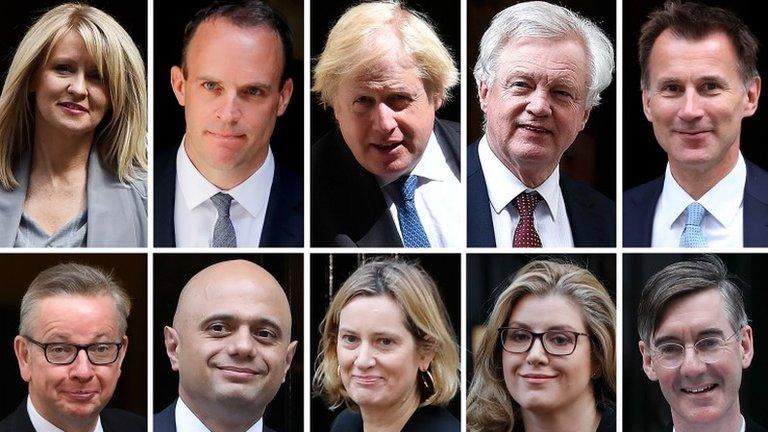Theresa May: Premiership in six charts
- Published

Theresa May has announced she will be stepping down as Conservative Party leader on 7 June.
Mrs May's departure will kick-start the race to find her successor.
Here are six charts that shed light on her time as PM.
1. She hasn't been in office long
Mrs May has developed a reputation for surviving in almost impossible circumstances, but she is still among the UK prime ministers with the shortest time in office.

Mrs May became the UK's second female prime minister in 2016 but, unlike her predecessor Margaret Thatcher, she came to power through a leadership contest without winning an election.
She survived a leadership challenge last December, but, alongside poor local election results, has had her Brexit deal rejected on three separate occasions by MPs in the House of Commons.
Her latest plan to publish the Withdrawal Agreement Bill on Friday - the legislation required to bring the agreement into UK law - angered many Tories. She also failed to win Labour Party support.
All of this has served to cut her prime ministerial career short.

2. She didn't win the hearts and minds of voters
While Mrs May had a brief honeymoon period in 2016, her decision to call a snap election in 2017 left her humiliated, ending with fewer seats than before she called the vote.
This caused her ratings to plummet.
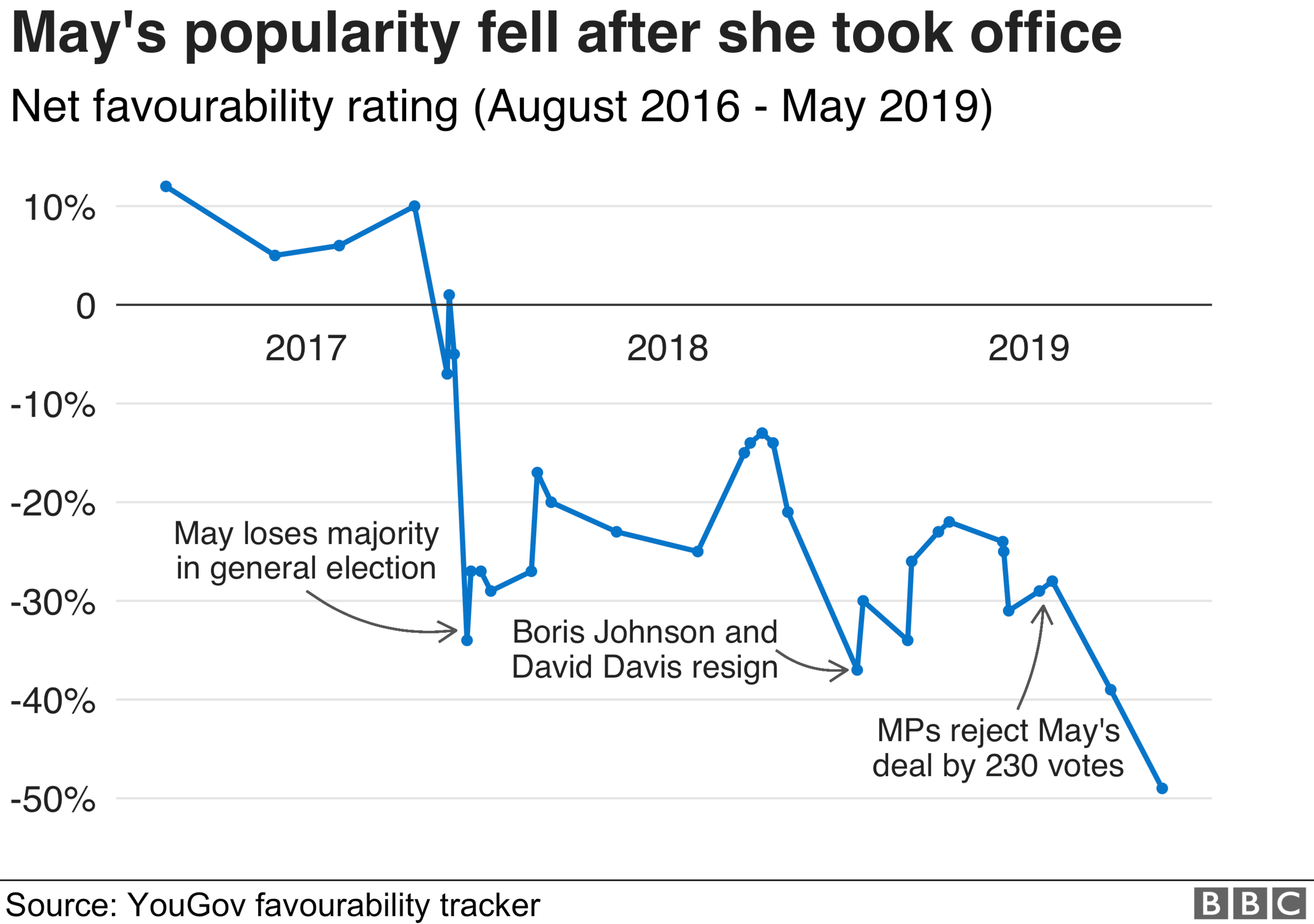
The resulting tiny Commons majority left her little room for manoeuvre on any issue, including Brexit, and her time in Downing Street has, inevitably, been dominated by Europe.
Mrs May's popularity fell to an all-time low in May, ahead of the EU elections.

3. She has lost a lot of staff
The turmoil over Brexit has also caused Mrs May to lose many key ministers over a short period of time. In fact, she has seen more resignations than Tony Blair or Margaret Thatcher saw in 10 years.
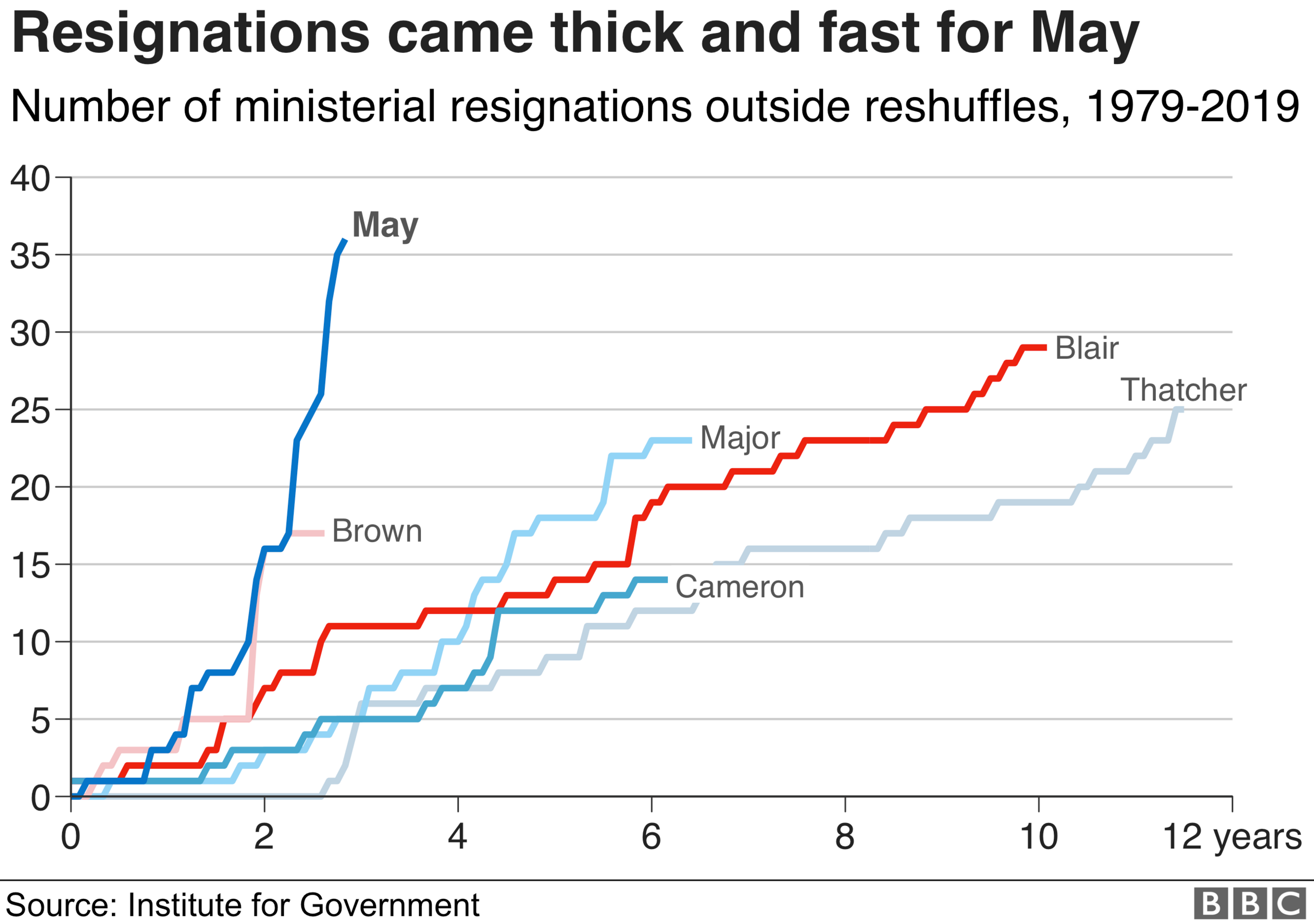
Such levels of ministerial turnover have been described as "unprecedented, external" by the Institute for Government.
One two occasions, two cabinet ministers resigned within 24 hours of each other: David Davis as Brexit secretary and Boris Johnson as foreign secretary on 8-9 July 2018, and Dominic Raab as Brexit secretary and Esther McVey as work and pensions secretary on 15 November.
On both occasions, their resignations were followed by those of junior ministers.
All four of the cabinet ministers quit over Europe.

4. She suffered many large defeats - including a record-breaker
Theresa May has suffered a series a big defeats in the Commons over her Brexit deal, including the largest for a sitting government in history.
MPs voted by 432 votes to 202 to reject her deal back in January - a larger margin of defeat than the previous record held by the minority Labour government of Ramsay MacDonald.
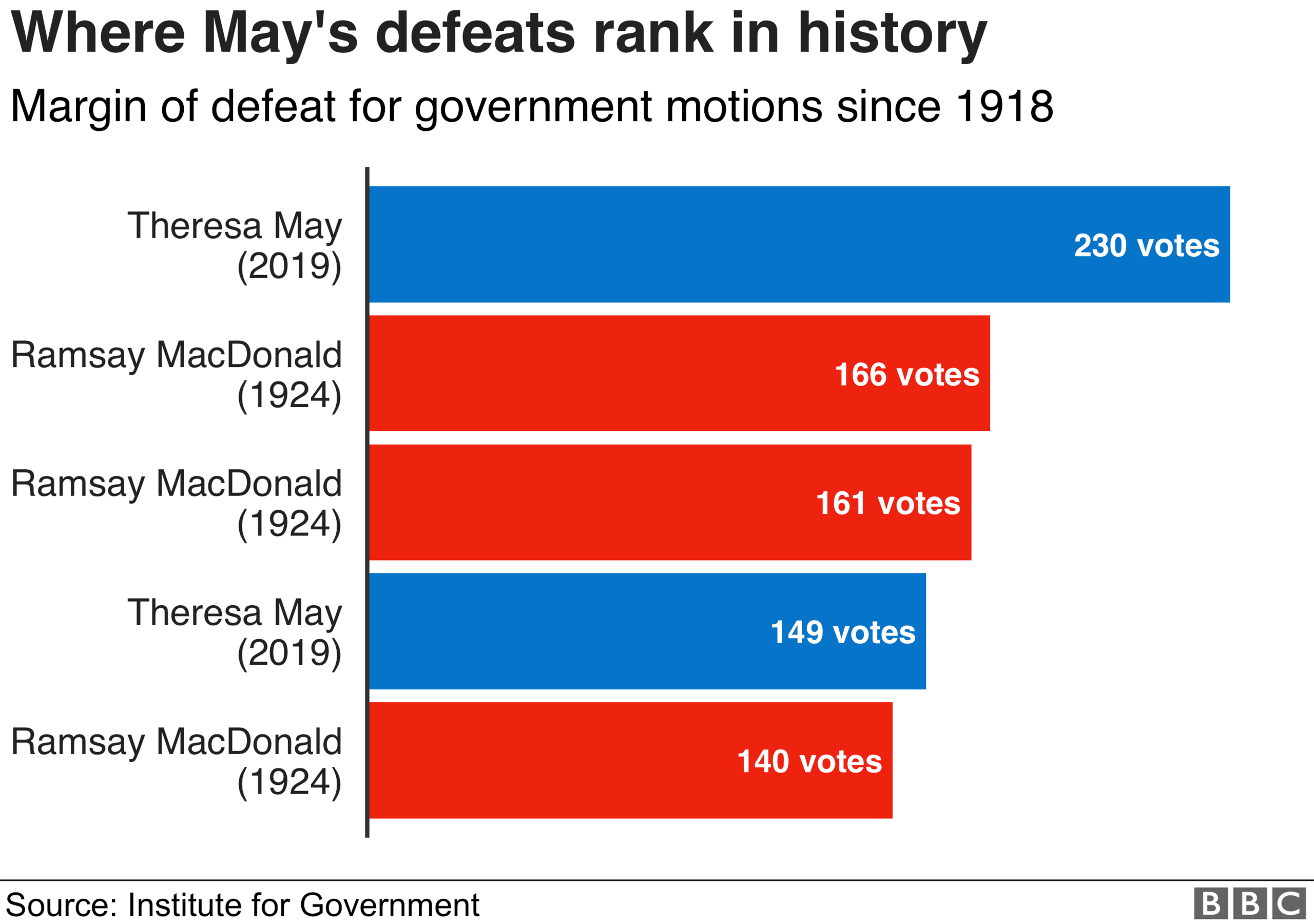
MacDonald saw three of the biggest defeats in history during his brief time in office in 1924, with the two highest coming in response to his government's decision to drop criminal proceedings against the editor of Communist newspaper Workers' Weekly.
Mrs May's second attempt to pass her deal in March also made the top five biggest losses after it was defeated in the Commons by a margin of 149 votes.

5. Brexit has dominated her time in office, but not Commons debate
In her first speech as prime minister, Mrs May stood on the steps of Downing Street pledging to tackle the "burning injustices" in modern society.
Although Brexit has overshadowed her time in office, analysis by the Institute for Government shows the vast majority of parliamentary time , externalhas been spent discussing matters other than leaving the EU.
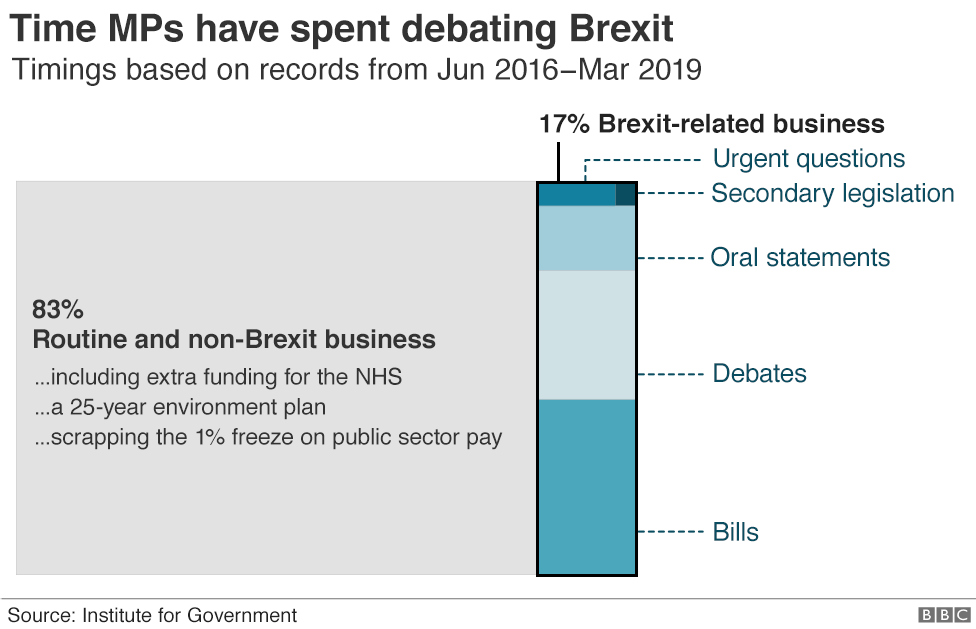
Non-Brexit achievements Mrs May would point to include forcing companies with more than 250 employees to reveal the average pay of men and women, increasing the NHS budget by £20.5bn a year by 2023 - a real-terms average increase of 3.4% a year - and a 25-year environment plan that will see the sale of diesel cars and petrol cars phased out by 2040.
She also scrapped the 1% freeze on public sector pay, brought in a cap on energy bills and introduced house building targets, including more affordable homes.
But, despite pledges, she has failed to reduce net migration to the tens of thousands she promised and a much-delayed social care green paper has still not been published.

6. Rivals have been snapping at her heels
Mrs May has not enjoyed much loyalty from her remaining Cabinet colleagues. Divisions have been one of the hallmarks of her premiership.
Now that she has announced she will be leaving, a leadership contest will take place.
Any Conservative MP can run and the winner will become party leader and prime minister without the need for a general election.
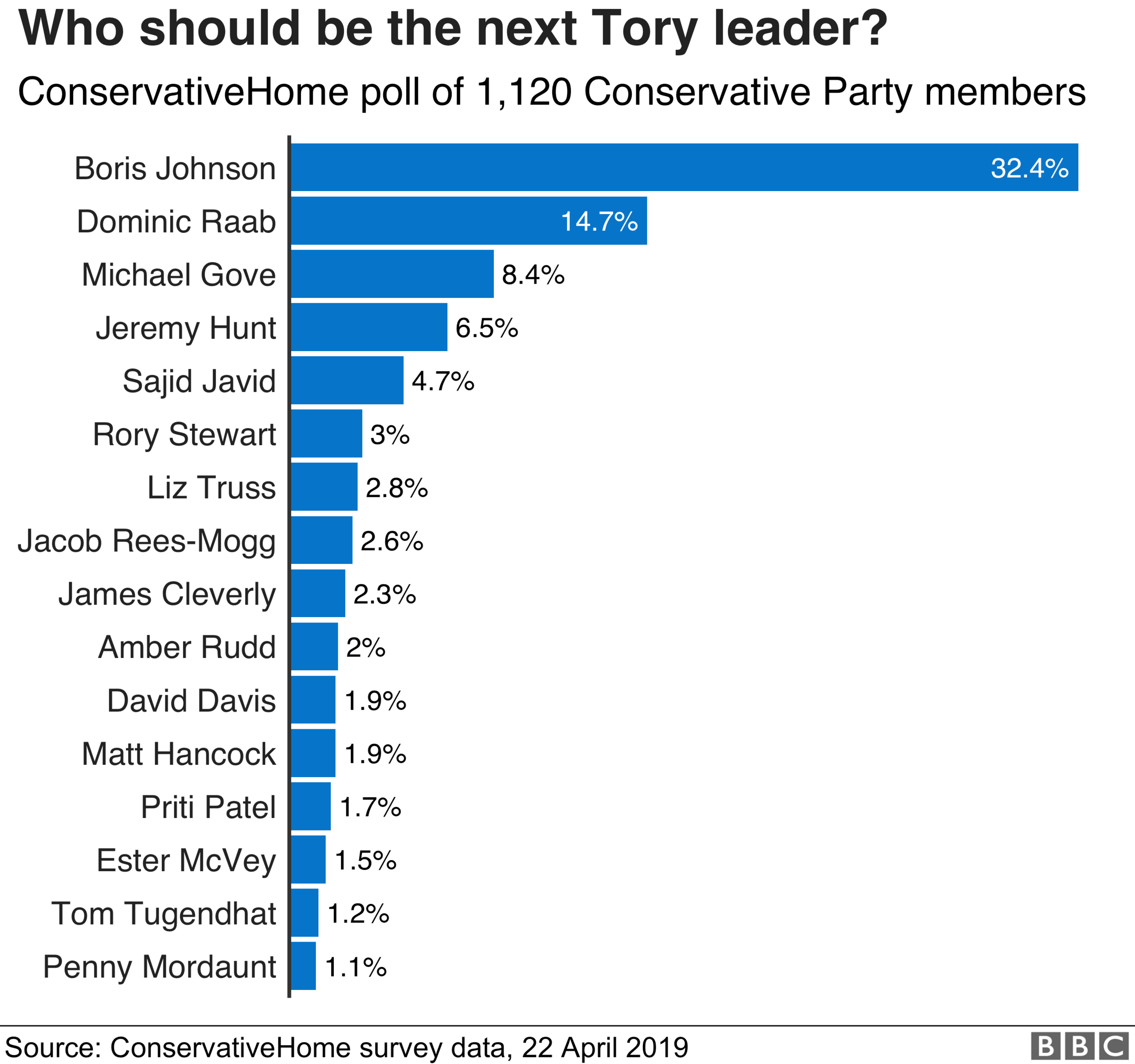

So far, former Foreign Secretary Boris Johnson, ex-Work and Pensions Secretary Esther McVey, former Brexit Secretary Dominic Raab, International Development Secretary Rory Stewart and ex-Leader of the Commons Andrea Leadsom have said they will run.
Foreign Secretary Jeremy Hunt, Environment Secretary Michael Gove, Home Secretary Sajid Javid and former Home Secretary Amber Rudd, among others, are also expected to join the race.


By Lucy Rodgers, Mike Hills and Alison Trowsdale.

More on May


- Published9 June 2017
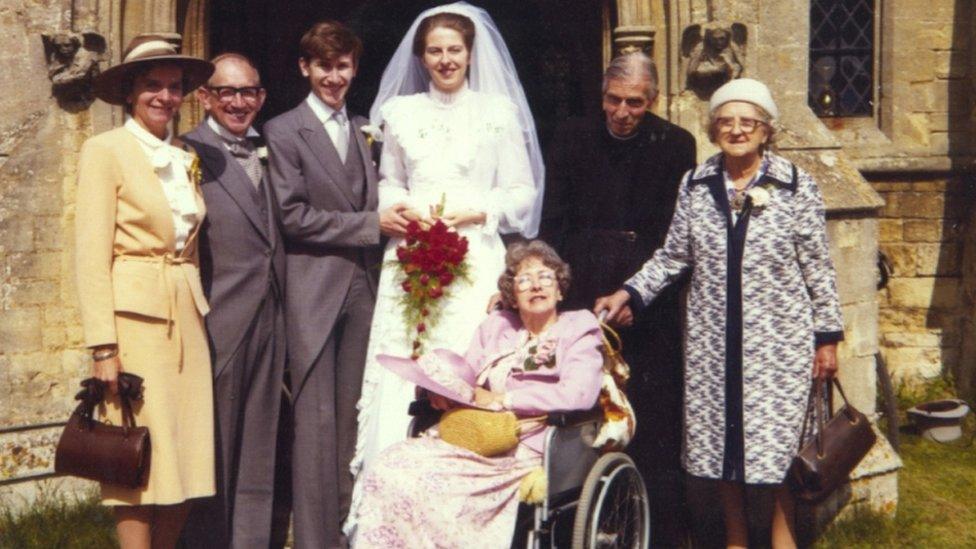
- Published13 December 2018
